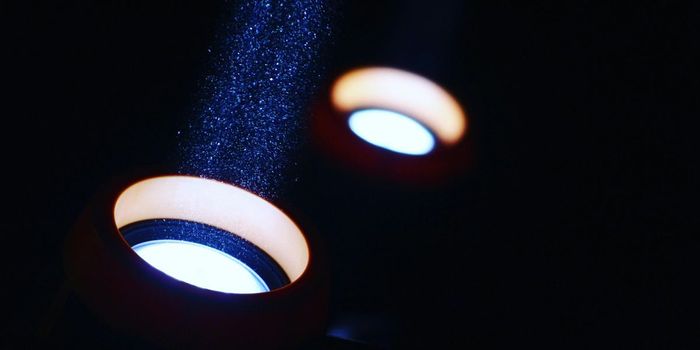Highest Bandwidth Achieved Using an Underwater, Solar Panel-Based Communication Systems
Researchers are successfully using solar panels for underwater communication.
Led by Dr. Jing Xu at the Zhejiang University in China, this team achieved the highest bandwidth (maximum amount of data transmitted over an internet connection in a given amount of time) ever achieved in a solar-power-based optical communication system of this kind. The study was published in Optics Letters on February 16, 2022.
The need for efficient underwater data exchange is critical for ocean conservation efforts, and in recent years, solar panels have been researched as a possible solution to the problem. Light-based aquatic communication systems are preferable to radio or acoustic waves because of their high speeds, low latency, and energy efficiency. Still, solar cells can be challenging because they require precise alignment over long distances.
Underwater solar panels are still used the same way they are aboveground, converting sunlight into electrical signals via solar cells. In early 2020, researchers in India submerged silicon solar cells to test their electrical capabilities underwater. While the cells did lose a lot of power, the team discovered that these cells could still power small electronics.
Xu’s team found a way to utilize underwater solar technology while reducing the amount of power and computational resources needed to achieve fast communication. They connected the solar panels through a peripheral circuit which minimized the power drawn.
The device was submerged in a 7-meter-long tank that emulated the conditions of an underwater channel. It was a 3x3 solar array with a detection area of 3.4x3.4 cm. Xu’s team used mirrors to extend the transmission distance to 35 m. When they tested it, the system was stable, drew little power, and exhibited a high bandwidth—higher than reported using a commercial silicon solar panel-based optical communication system with a large detection area like theirs.
At its highest, researchers achieved a —20dB bandwidth of 63.4 MHz, which could enable a 150 Mbps underwater wireless optical link over 35 m. To put that amount into perspective, 25 Mbps speeds are needed to stream 4k video.
Since solar panels are commonly produced, they are a relatively affordable avenue for real-world underwater communications. Next, the researchers plan to study their device in murky, moving water and weakened optical signals.
Sources: Optics Letters, ScienceDaily, PV Magazine








